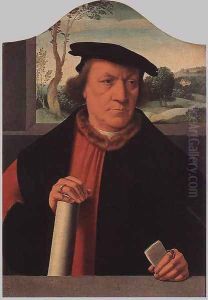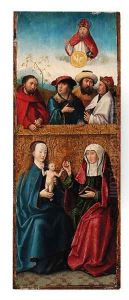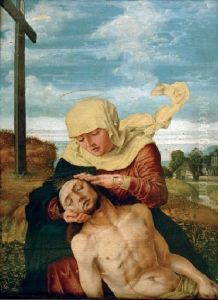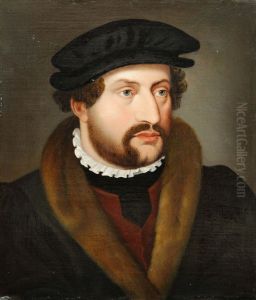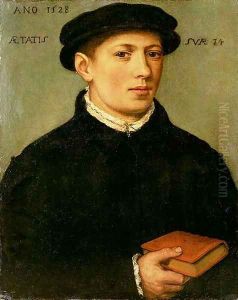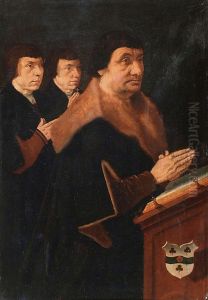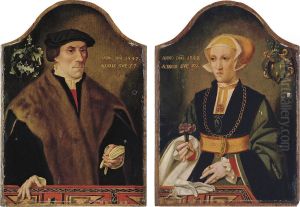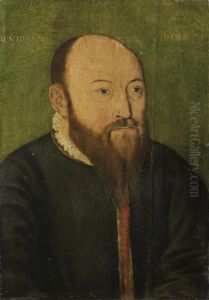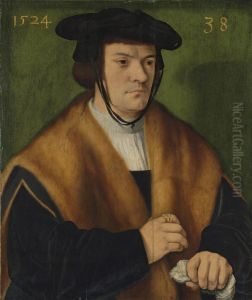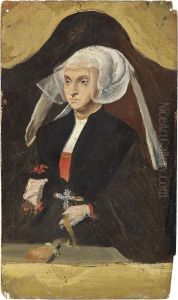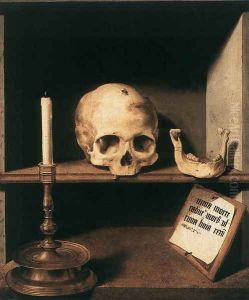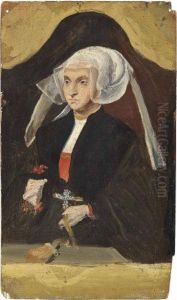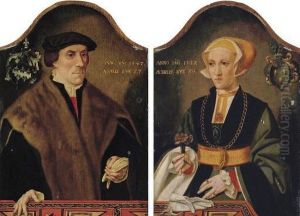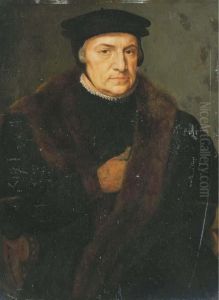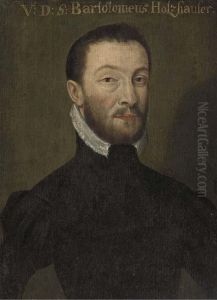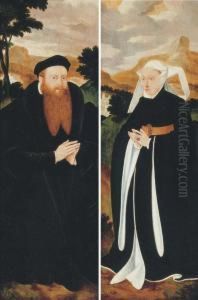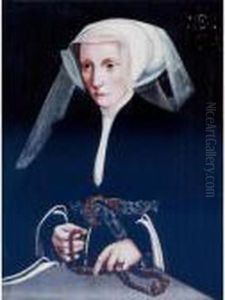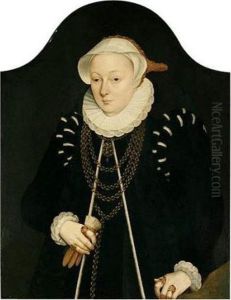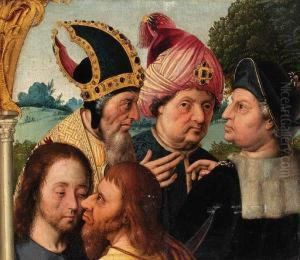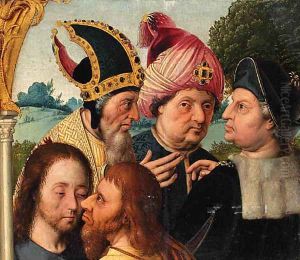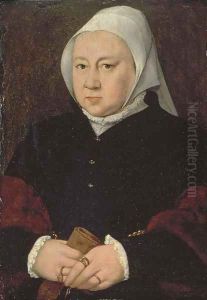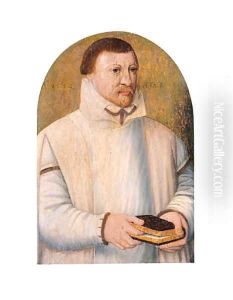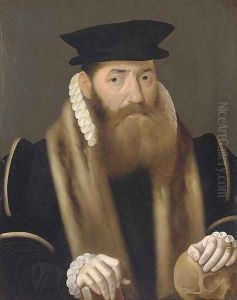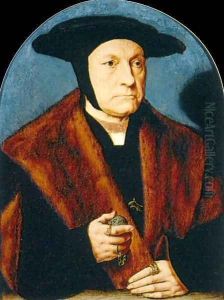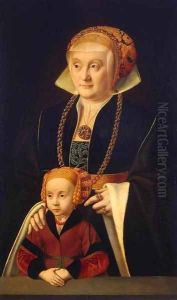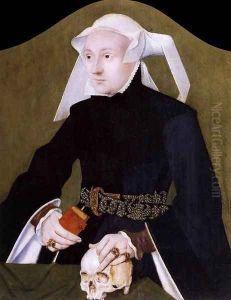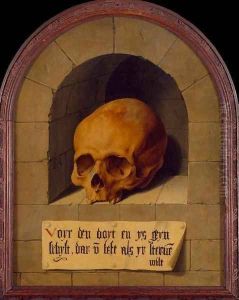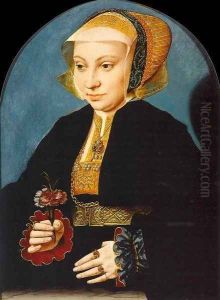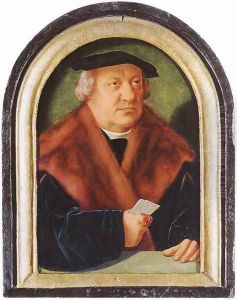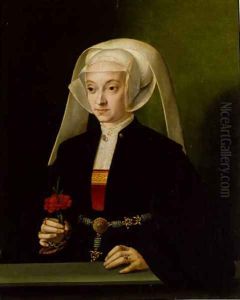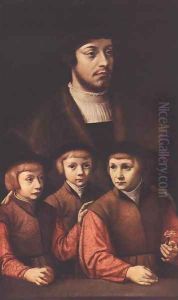Barthel Bruyn Paintings
Barthel Bruyn, also known as Barthel Bruyn the Elder, was a German painter born in the year 1493 in Wesel, Duchy of Cleves, which is now present-day Germany. He was a prominent portraitist and a leading artist of his time, particularly known for his detailed and expressive portraits which captured the social and cultural ethos of the 16th century in the Holy Roman Empire.
Bruyn received his artistic training in the Lower Rhine region, which was an important artistic center during that time. Little is known about his early training, but his works suggest that he was influenced by the Dutch and Flemish painting traditions, as well as by German artists such as Albrecht Dürer.
In 1515, Bruyn established himself in Cologne, which was then one of the largest cities in Germany. He quickly became a sought-after portraitist among the local patriciate, ecclesiastical dignitaries, and the University of Cologne's faculty. His portraits are known for their realism and attention to detail, particularly in the depiction of textiles and clothing, which reflected the status and wealth of his subjects.
Aside from portraits, Bruyn also painted religious works and altarpieces, although these are less well-known today. His religious paintings often featured figures set against landscapes or architectural backdrops, showing a keen eye for perspective and composition.
Bruyn's workshop was quite productive, and he trained several apprentices who would go on to become successful artists themselves. His influence extended to his descendants, as his sons, Barthel Bruyn the Younger and Arnt Bruyn, also became painters, continuing the family tradition.
Barthel Bruyn the Elder passed away in Cologne in 1555. His works can be found in various museums and art collections today, offering insight into the portraiture and social history of the Renaissance period in Germany. He is remembered as a key figure in the Northern Renaissance and an important contributor to the art of portraiture in the 16th century.
